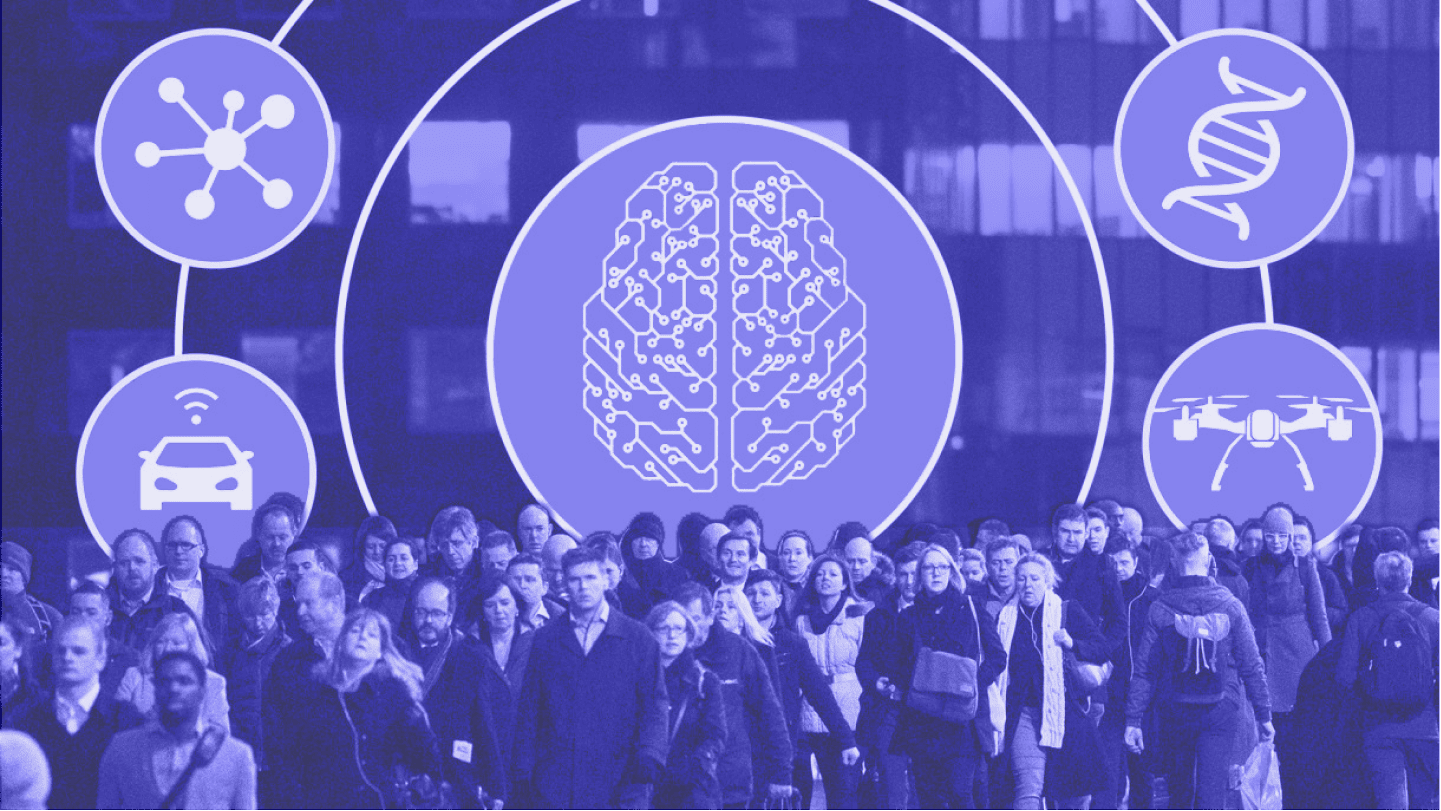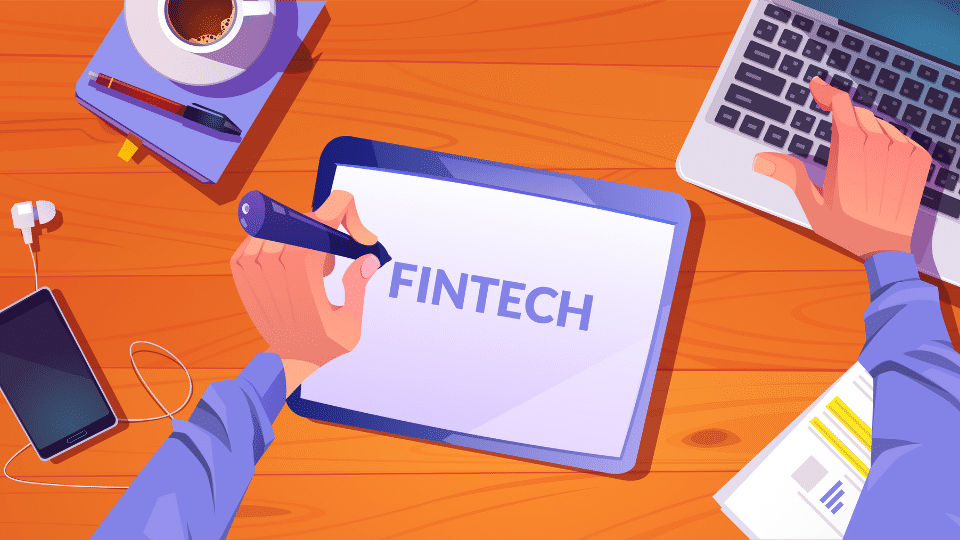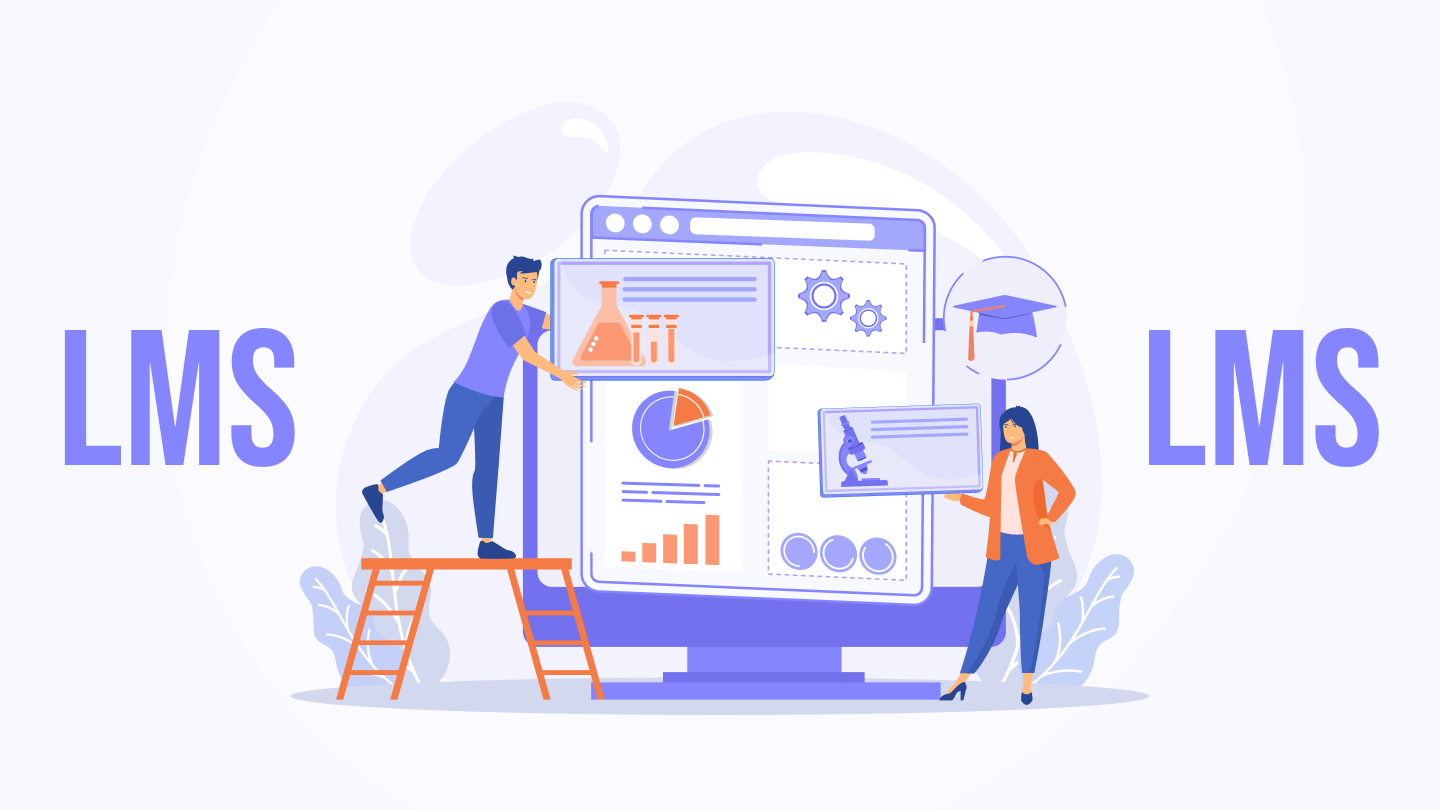In 2021, there were over 10 billion IoT devices in the world, and by 2025, according to IDC forecasts, the global volume of data generation will exceed 73 zettabytes or 73 trillion gigabytes. Digital data cannot be quantified physically, but if all of these terabytes were stored on retro floppy disks from the 1990s and connected in a chain, the length of the chain would be 10,000 times longer than the distance from the Earth to the Moon. In just a few decades, the volume of IoT data has grown exponentially — and that growth is likely to continue. How are these systems managed? How do they work?
In this article, you can find the benefits of IoT for remote management in different industries, the challenges, how IoT devices work, software that can help in IoT remote management, and much more.
In This Article:
What is IoT Device Management?
IoT devices are our eyes and ears where we cannot physically be. They receive whatever data they are programmed to collect. We then compile this data and analyze it to gain insights and automate subsequent actions or decisions. This process consists of four key steps:

- Data collection. IoT devices use sensors to get data from their environment. This data can be as simple as temperature or as complex as real-time video streaming.
- Data exchange. IoT devices send this data to a public or private cloud system (device-system-device) or another device (device-device) or store it locally for processing at the edge using available network connections.
- Data processing. At this point, software solutions are programmed to do something based on this data, such as turning on a fan or sending an alert.
- Actions based on received data. It analyzes the accumulated data from all devices on the Internet of Things. This stage provides powerful insights for confident action and business decision-making.
IoT Device Management is a process that consists of provisioning, identification authentication, configuration, control, monitoring, diagnostics, and software maintenance & updates of device ecosystems that are connected to each other via Bluetooth, Wi-Fi, LoRa, and other wireless networks.
Benefits of IoT Remote Management for Industries
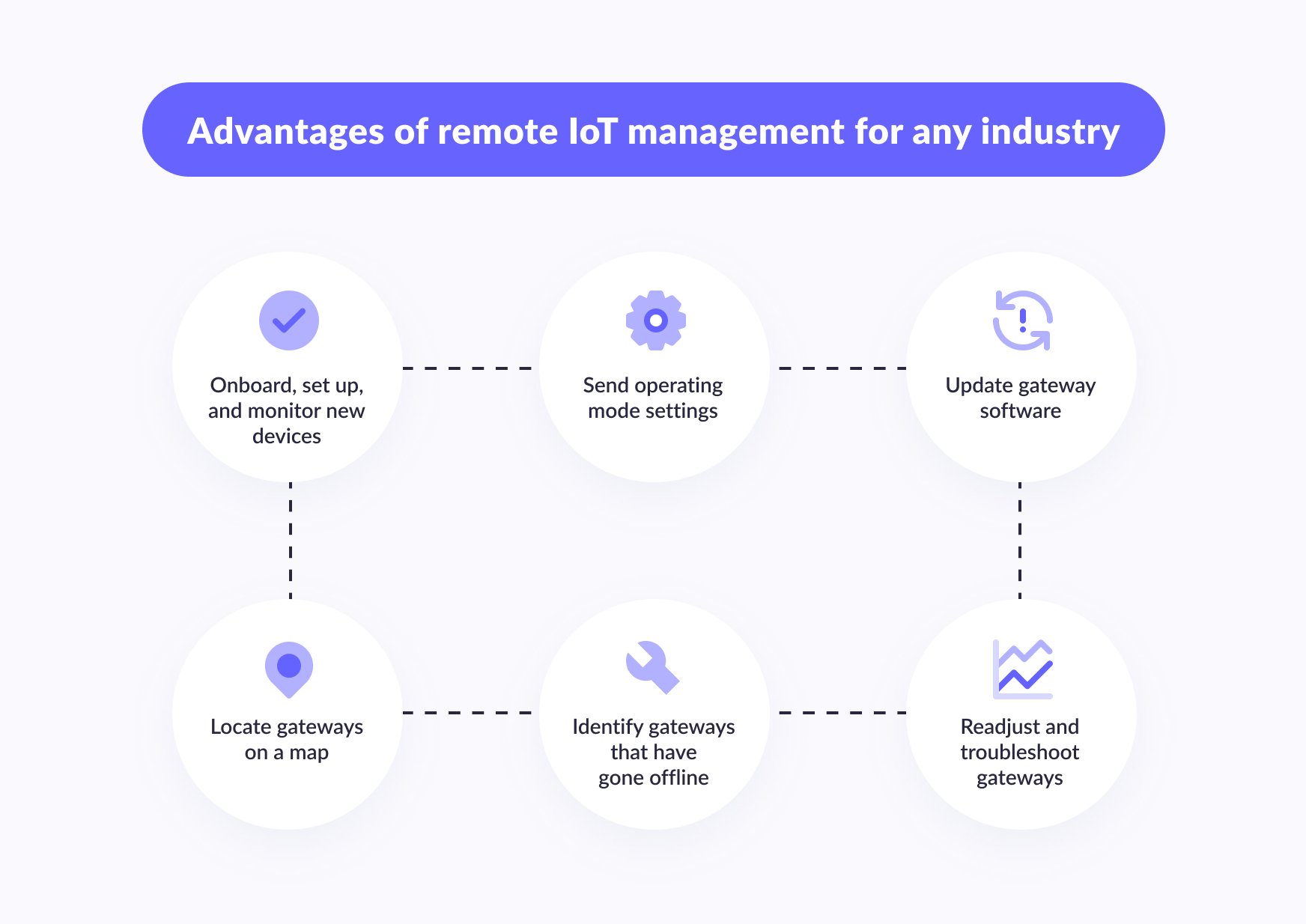
The Internet of Things for business is a powerful, innovative technology that enables companies to move forward, expand existing and discover new opportunities, maintain a competitive edge in the market, and increase operational efficiency. Many organizations rely on remote device management solutions to ensure the security and efficiency of their networked devices. In the age of remote work, remote device management has become even more essential, as it enables teams to support employees' devices regardless of their location. Let's talk about remote IoT management benefits for different industries.
Retail
Customer-facing IoT solutions are increasingly being used to improve the experience in stores. Motion-activated smart cameras, smart shelves, beacons, and RFID technologies help shoppers find products using a mobile app. They make it easy to share inventory information and even send promotional offers to customers in a relevant context while they are in the store. As the lines between in-store and online shopping are blurring, IoT solutions can enhance the customer experience with delivery and vehicle tracking, allowing customers to better tailor their shopping plans.
Agriculture
The use of the Internet of Things in agriculture is an important opportunity for forward-thinking activities that increase production while improving food safety and delivery. From water management to crop and livestock monitoring, sensors, modules, and gateways work together to offer accurate, real-time information that is collected and analyzed for better decision-making, cost validation, and streamlined compliance. In sectors like smart agriculture and smart cities, remote management of IoT is vital for optimizing resource usage and improving overall sustainability.
Healthcare
Increasingly, you can see IoT-based consumer medical devices such as smartwatches and drug dispensers that help doctors monitor patients remotely. However, some of the most exciting advances in telemedicine are related to smart surgical instruments. This is especially true for patients in remote or underdeveloped regions. Such tools allow telecommuting physicians to connect with the world's top surgeons, perform guided surgeries, conduct remote diagnostics, and even monitor anesthetized patients during this critical time.
Energy
Smart meters and equipment operation sensors at substations allow you to monitor the position of electrical communications, take into account and plan the consumption/supply of electricity, and turn on devices. The state today obliges the population, organizations, and businesses to install metering devices that send data to energy supply companies without user intervention.
Don't let your business lag behind!
We provide IoT development services that drive efficiency, cut costs and open doors to unprecedented growth opportunities.
Transport
Through a network of sensors, cameras, and other devices, IoT technologies can be used to reduce traffic congestion and provide viable routing options. For example, real-time data can be used to adjust the timing of signals to ensure smooth traffic in dynamic conditions. Optical sensors can detect and adjust the light intensity for optimum visibility, while road sensors can detect accidents and report incidents automatically.
Production and Logistics
Here, intelligent IoT technologies minimize human participation, control every movement of finished products and raw materials, reduce production, warehousing, and delivery costs, and optimize business processes as a whole.
Dispassionate analytics of carefully collected data reduces business losses and allows you to build more accurate forecasts in expansion, implementation, and market capacity. The final product, which can be traced to the end consumer, continues to "report itself" to the manufacturer during operation.
How to Manage IoT Devices Remotely?
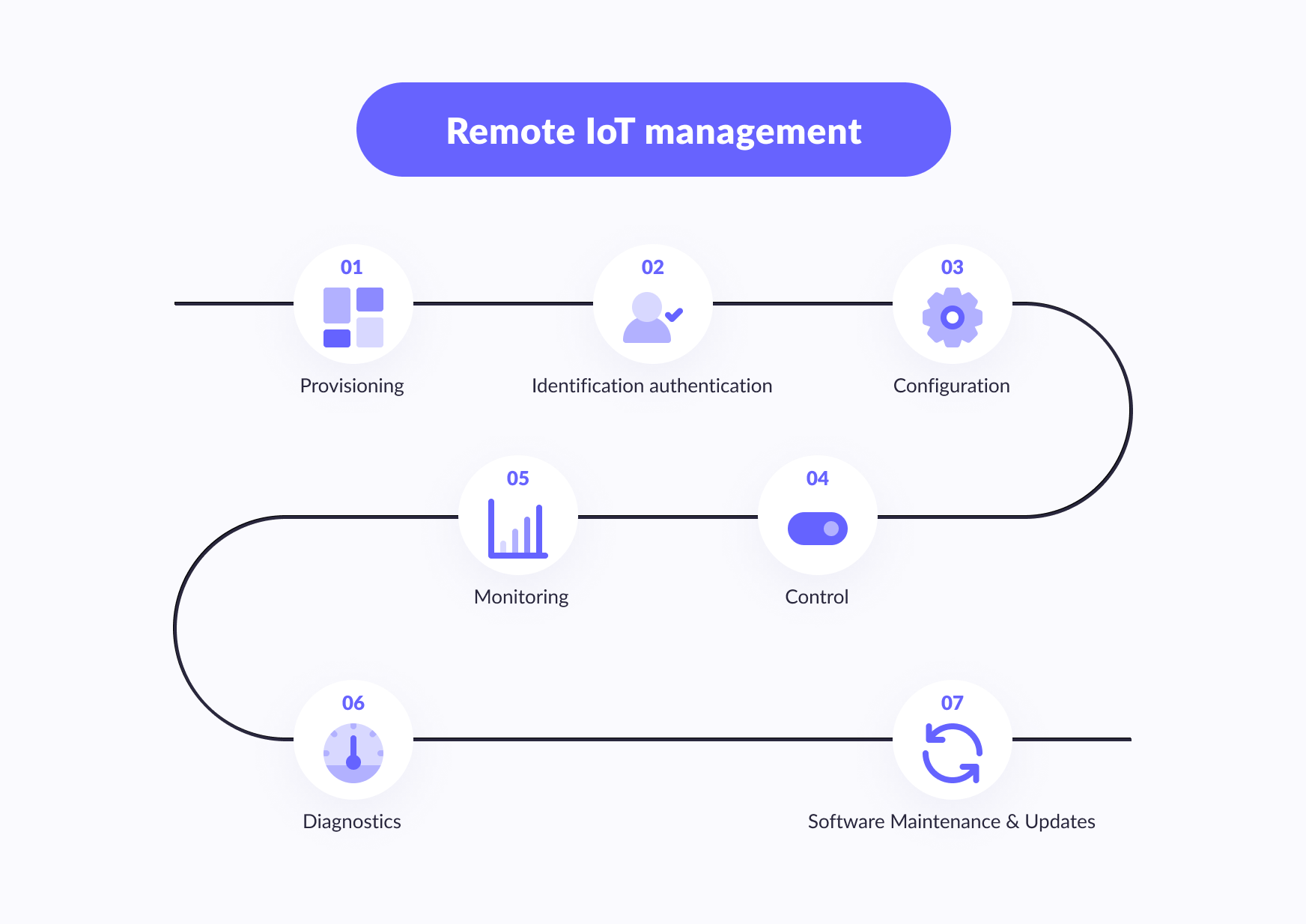
Step 1: Provisioning
Provisioning is the first step in the remote management of IoT devices, where the smart device must be connected to the Internet in order to function properly. This step is for creating an account for the first time and setting up a network connection. IoT device management software is a critical component of managing and maintaining a network of interconnected devices.
Step 2:Identification Authentication
Authentication is the process of identifying and enrolling devices when they enter IoT systems, effectively preventing intrusions and keeping sensitive information private. To enable authentication, administrators must configure the device and network security settings to allow or block access attempts. Although the authentication process is different for devices, each device has its own certificate or key to authenticate an identity. The model number and serial number are some of the credentials used to verify identity.
Step 3:Configuration
IoT configuration management is a way to configure the functionality of IoT devices. After installing a new device, further configuration occurs after the initial configuration phase. For example, you can add additional complexity and intelligence to a device, optimize its functionality with additional code, or change its settings to meet new requirements.
Step 4:Control
You should be able to remotely manage IoT devices after they are initialized, authenticated, configured, and connected to the network through devices. Device behavior is typically set during device distribution and authentication to automate the device process. For example, once sensors are enabled, administrators must be able to control IoT devices so that they can be monitored and managed on the network.
Step 5:Monitoring
Another key possibility for remote control of IoT devices is remote monitoring. This step includes a set of metrics such as:
System Metrics: Through dashboards, you can check device uptime and other accumulated and triggered events.
Queue Report: You get a critical view of user-defined data points. These data points may include positioning, temperature and humidity, speed, and other measurements.
Offline Alerts & Notifications: You can set up event notifications that provide predictive maintenance, and key decision-making. Administrators should be notified of network changes that may affect performance to avoid significant system failures, data loss, or performance degradation.
Security: Here, you can configure the detection and remediation of security vulnerabilities. For example, when a device configuration changes, the IoT system sends notifications to administrators about these events.
Step 6:Diagnostics
After the process is completed, the administrator can diagnose the entire network of the device and the health status of the device. These processes allow administrators to run diagnostics from the management platform without having to physically visit each device installation point, troubleshooting and fixing problems effectively and quickly.
Step 7:Software Maintenance & Updates
IoT devices require complex software-defined attributes to control their security and functionality. IoT devices can last ten years or more. Therefore, to keep IoT devices performing optimally, administrators must be able to push firmware updates at any time to improve the functionality of any devices on the network.


Thank you for Subscription!
Challenges of Managing IoT Devices Remotely
Security and Privacy
As the Internet of Things connects so many different devices, there is an increased risk of malware being introduced at decentralized entry points. In this case, low-cost devices located in physically compromised locales are most susceptible to interference. Remote IoT management systems often integrate with cloud platforms, enabling seamless data storage and analysis for IoT-generated data.
Thanks to remote sensors and monitoring, the IoT system becomes more sensitive to access control and data ownership. It should be noted that the well-known information security breach that affected Target and Home Depot was made possible by credentials stolen from third-party vendors, which resulted in attackers gaining access to payment systems.
Lack of IoT Engineers and Qualified Personnel
IoT solutions require a team that can put IoT ideas to good use. This is a team of both IT specialists and operations officers, where there should be a common interest in IoT technologies. Different professional experiences of the participants (engineering, operational, managerial, etc.) will help to approach the implementation of IoT solutions in a comprehensive manner, taking into account all the details, tasks, and goals set. The most suitable team is one that combines people with deep knowledge of technology with those who know the ins and outs of the company's business processes.
By the way, many organizations create the so-called center of excellence, CoE, to track progress and evaluate the effectiveness of IT investments in IoT projects. CoE is the central organizational structure that sets the course for development, determines the best methods for performing work, and supports various business initiatives. CoE also brings engineers and operators together, sharing tasks between them, stimulating their collaboration, and helping to solve all sorts of factory automation problems. As soon as you decide who will be on the IoT implementation team, immediately create CoE to control progress and deadlines for tasks.
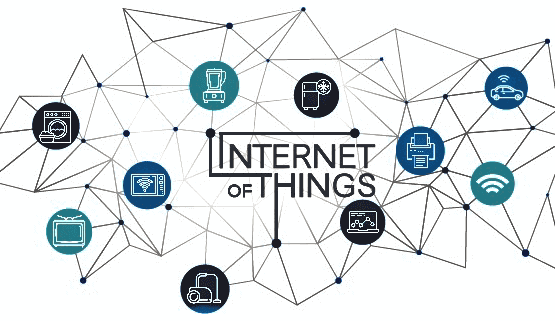
More on the topic
What Is The Internet Of Things (IoT) And How It Used In Different Industries?
Dive into the heart of IoT technology, its applications, and the remarkable ways it's revolutionizing various industries.
Read moreIncorrect Collection and Interpretation of Data
Each element of the IoT ecosystem has its own value. From Internet-connected electric lifts to wristbands and smart homes, each smart device generates a certain amount of data. In order to use and benefit from this data, a company must have the right systems in place to correctly collect, process, and update such data.
The Wrong Internet of Things Use
It is very important that the installation of an IoT solution proceeds according to a carefully created plan in advance. Businesses must literally understand IoT: what it is, what it is for, and whether it is really needed. To get real results from such an innovation, you need good reasons why your organization needs an IoT system. This defines the specific task that wireless technologies should perform (improve efficiency, productivity, or profitability), as well as the type of data that needs to be tracked. Otherwise, it is difficult to assess the success of the implementation, measure the progress toward achieving the goal, and also understand what exactly needs to be changed in order to achieve it after all.
Standards and Interoperability
Standards are important in creating markets for new technologies. If devices from different manufacturers use different standards, interoperability will be more difficult, requiring additional gateways to translate from one norm to another. In addition, a company that controls various parts of the vertical market (for example, acquiring data, integrating with other data streams, and using it to develop innovative solutions or provide services) can squeeze out small players and entrepreneurs. The lack of uniform standards can also create barriers for consumers, for example, in the case of replacing a device from one manufacturer with a similar device from another manufacturer, when it is impossible to transfer the accumulated information and users actually lose any benefit from the data they have accumulated over time.
Remote IoT Device Management Platforms
Azure IoT Central
Azure IoT Central is an IoT application platform that helps developers to
- connect to IoT remote device management;
- generate analytical data;
- provide information about business applications to OEM developers.
Azure IoT Central provides a complete and reliable platform that handles "plugging in" IoT solutions. The value of IoT Central comes to life when service developers use it to connect and control their devices. This allows them to spend time and energy in their area of expertise, improving the business with added value and brand differentiation.
Azure IoT Central Quick Overview:
- operated and supported by Microsoft;
- no cloud architecture skills are required;
- connects and manages devices;
- monitors the status of devices;
- defines user roles and permissions;
- analyzes and presents information;
- free trial version;
- specializes in different areas (retail, healthcare, energy, housing, and communal services).
Datadog
The Datadog platform integrates and automates IoT infrastructure monitoring, application performance monitoring, and log management to provide a single, real-time view of all of its customers' workflows. Datadog is used by organizations of all sizes and across a wide range of industries to enable digital transformation and cloud migration, collaboration across development, operations, and business teams, accelerate time to market for applications, reduce time to resolve issues, understand user behavior, and track key business metrics.
Datadog Quick Overview:
- monitors IoT performance and availability for distributed device fleets;
- aggregates and analyzes IoT data from every device;
- reliable alerting for IoT devices;
- monitors business-level IoT metrics alongside device’s health;
- IoT monitoring for any device, anywhere.
Azure IoT Hub
Azure IoT hub is a service that allows you to securely connect a large number of IoT devices (and then receive information from them), using access control for each device. This service was created specifically to manage IoT devices and receive information from them. One instance of this service is capable of receiving up to 6 million messages per day.
Azure IoT Hub Quick Overview:
- supports one-way messaging, file transfer, and request-response data exchange;
- can pass messages from the device to other Azure services;
- can receive and save device metadata and synchronization status data;
- controls access to each device with a separate security key or X.509 certificate;
- monitors events related to finding devices and their interaction;
- supports libraries for most popular languages and platforms, so connecting is quick and easy.
Oracle IoT Asset Monitoring Cloud Service
Oracle IoT Asset Monitoring Cloud Service creates a digital twin version of your organization and organizational assets and lets you monitor the location, condition, and utilization of your assets.
Oracle IoT Asset Monitoring Cloud Service Quick Overview:
- locate assets instantly;
- ensure asset availability and utilization;
- prevent asset theft and misplacement;
- reduce business process interruptions and downtime;
- reduce capital expenditures.
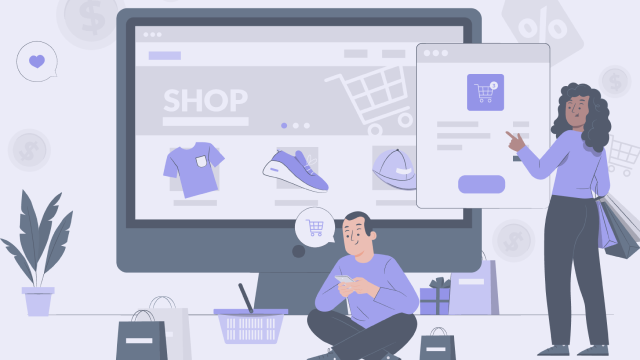
Some insights for you
Smart And Essential Ways To Use The Internet Of Behavior In Retail
Explore practical strategies that enable retailers to engage with their customers on a deeper level.
Check it outGeniusee Experience
Today's competitiveness of the manufacturing business lies in the ability to collect as much as possible operational information about production processes, including the operation of devices, often represented by a fragmented infrastructure. That is why the Geniusee team improves its IoT development processes every year.
We offer services for IoT development such as:
design of the IoT solution architecture;
Implementing IoT protocols on your individual devices;
creation of cloud-based applications;
connection and IoT gateways;
design of an embedded IoT client.
You can witness the achievements of our clients firsthand — it speaks volumes. For instance, Realmfive was honored with the prestigious AE50 Award for "Best AgTech Software" shortly after collaborating with Geniusee. Not only that, they also secured a remarkable funding of $7.3 million. For more comprehensive information, refer to the detailed Realmfive case study.
Furthermore, you can explore the feedback from our esteemed client, Ajuma, regarding their experience in developing an IoT solution with Geniusee. Julian Meyer-Arnek states, "Geniusee provided us with an app and assisted in establishing our backend and website solution, enabling Ajuma to enter the market in Germany and neighboring countries in spring 2021. The product launch coincided with the renowned German TV show 'Höhle der Löwen' (equivalent to 'Shark Tank'), resulting in a tremendous response with approximately 100,000 unique visitors to our website." To delve deeper into the specifics of IoT software development, refer to the complete Ajuma case study.
Conclusion
The IoT revolution appears to be important for business development, and this can apply to any type of enterprise. Whether it's growing oysters or creating a motion control system, the most valuable thing about the technological concept of IoT is that it is open to new challenges and has enough opportunities to implement almost any business idea.
Contact Geniusee IoT specialists to rock your business!



